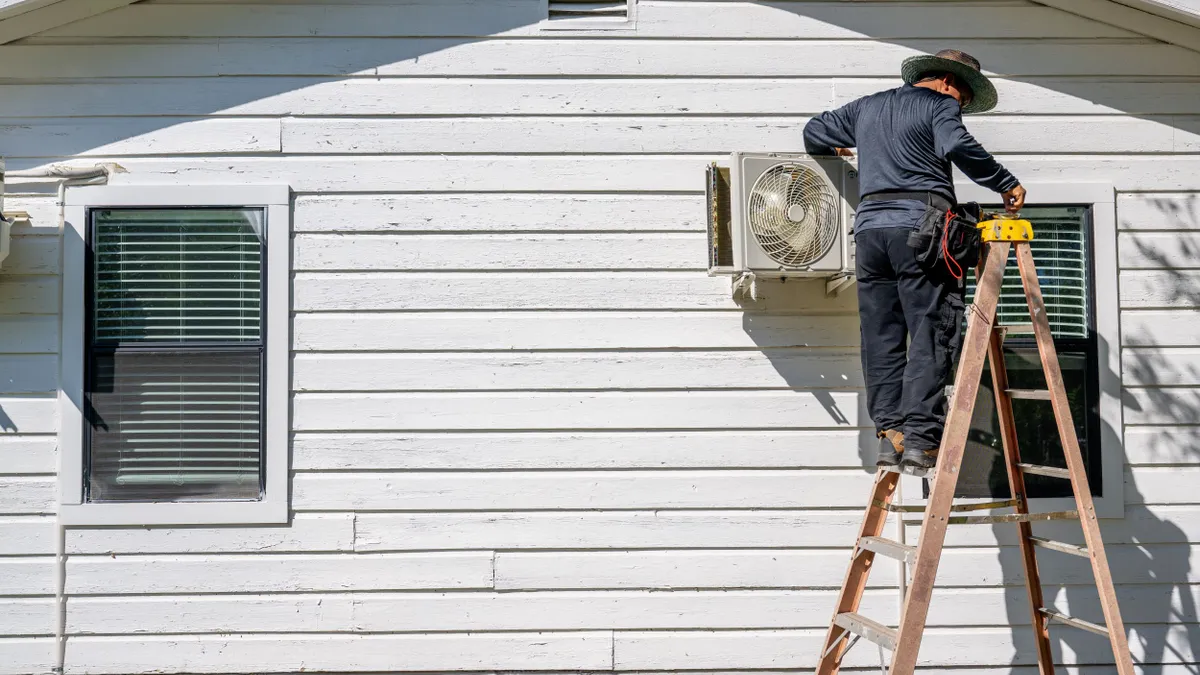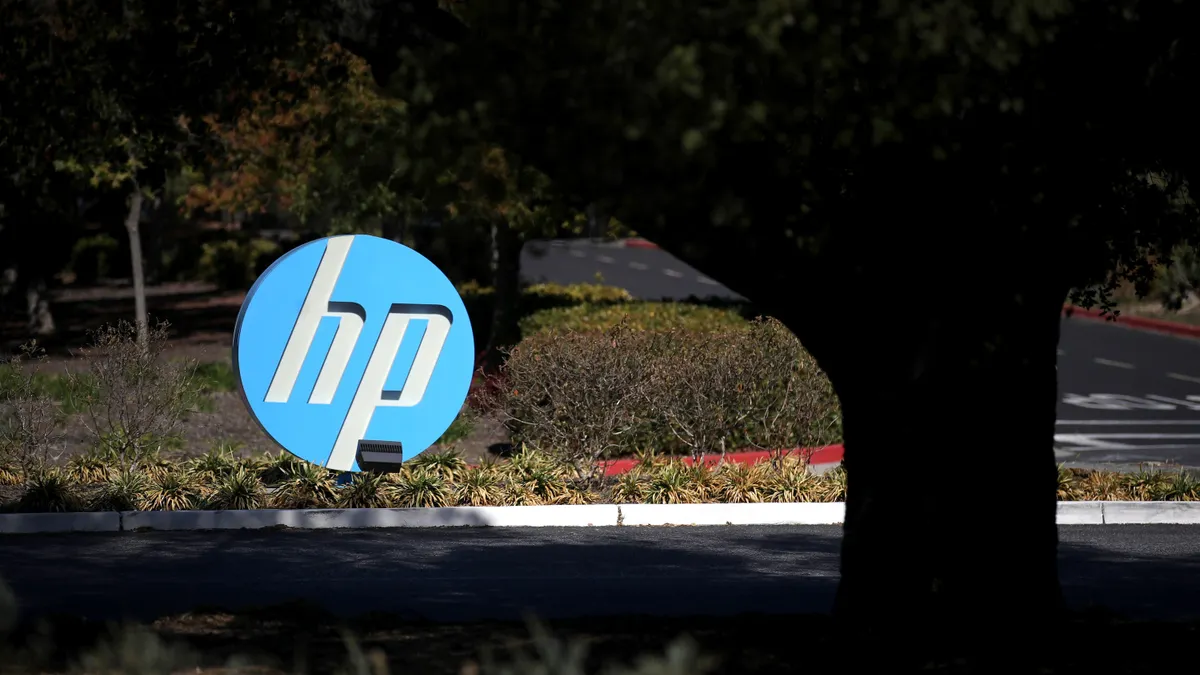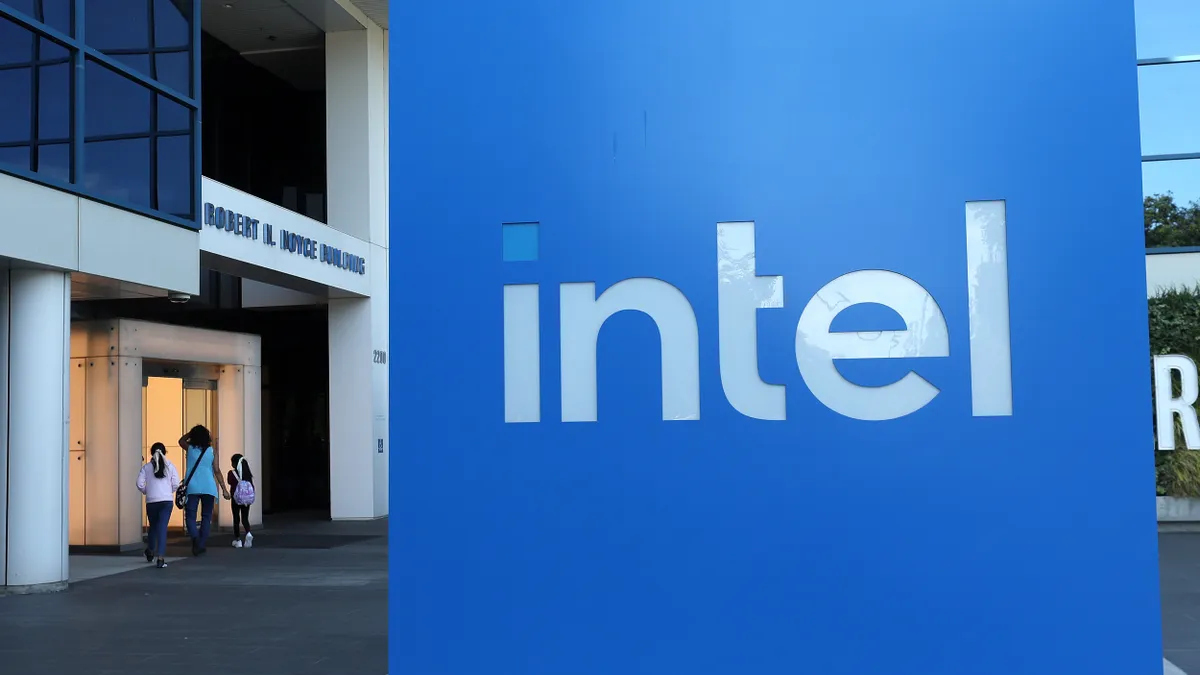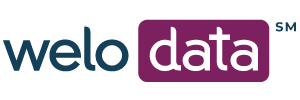Editor's note: This article is part of The Water Cooler, a recurring column for technology executives to digest, discuss and debate. Next up: What was your first job in tech? Email us here.
"I'm late for school!"
"I'm hungry!"
"Happy anniversary!"
"I love you, dad!"
Communication takes shape in many forms within the household, although I would guess the messaging is pretty consistent across the board when there is a mixture of adults and children.
But could you guess the mode of delivery from any of those listed above? Text? Email? A tweet? Perhaps — be still my heart — an actual phone call? Or a good old shout across the room?
Sometimes, the enterprise solution we use at work becomes the familial solution at home. Take, for example, Slack. You use it, I use it. But do you have a set channel for your family?
When remote work and learning took hold in early 2020, my family needed a solution for our communication woes, particularly because everyone had their own workspace, laptop and headphones. The TeamBurt Slack workspace quickly became a vital hub of information each day, as we coordinate virtual meeting schedules, soccer practice, clarinet lessons and, much to my chagrin, the latest Charli D'Amelio TikTok update. But hey, my favorite GIF from "Tombstone" will never die (even though Johnny Ringo certainly did).
What helps the TeamBurt communication empire is that, at the very least, we're all on level playing field, and if someone needs something, or to go somewhere, or to complain about tonight's Popeye's dinner missing the right amount of drumsticks, we can put the whole family on full blast. It is chaotic and crazy, but also a ton of fun.
But sometimes the simplest "solution" is the best — like the one when my 7-year-old says that last quote at the top, not with a Slack message, email or even a handwritten note, but a silent hug.
Read on to learn how five executives use business technology in their personal lives.
— Andy Burt, Managing editor of CIO Dive and Cybersecurity Dive
(The comments below have been lightly edited for length and clarity.)
Thomas Donnelly, CIO at BetterCloud
"For instance, I used machine learning to identify what factors were triggering my son's eczema."

Thomas Donnelly
CIO at BetterCloud
My job is to apply technology to solve problems, but oddly, I find slowing down and performing tasks in a highly manual,almost archaic fashion at home very therapeutic. I try to use a bicycle as opposed to driving a car, read paperback books and really try to limit digital media.
Like many other CIO's, I do apply enterprise grade security on our family's technology including endpoint protection, patch/firmware management, password stores as well as other technologies. No need for our household devices or appliances to participate in a botnet.
I have also trained my family about phishing attacks, data minimization and ensuring that we are leveraging all available security controls such as MFA for any websites that store our families confidential data.
In the past, I have attacked other problems with more advanced technology. For instance, I used machine learning to identify what factors were triggering my son's eczema. We kept records of everything he consumed as well as a journal of his skin conditions. Applying machine learning to the data, we identified that certain allergens were triggering his rashes a few days after being consumed. Avoiding these triggers has really improved our ability to manage his skin condition.
Monica Caldas, CIO, global retail markets at Liberty Mutual Insurance
"Eventually, I said, wait a minute, I think I can use agile practices at home."

Monica Caldas
CIO, global retail markets at Liberty Mutual Insurance
I have two children, and when this pandemic started school shut down in the U.S. I had a kindergartner and a fourth grader, and it is a Montessori education which is more hands-on with greater dependency on materials. That exacerbated the situation because I didn't have any materials at home.
Meanwhile, my son was trying to keep up with the emails and school video meetings, without any prior experience in navigating this new way of learning. Simultaneously, my husband and I were juggling two full-time jobs and so this new mode of working and learning was seven-day-a-week endeavor.
I frequently said to myself, "there has to be a better way."
It was on a team call about our agile transformation around the world when I had a moment of inspiration. I thought to myself "I think I can use agile practices at home." I started with my son. I introduced the idea of breaking down the work into smaller components and applying the concepts of agile.
I explained, "if we put all your different work on sticky notes, we can then put it in a queue. You know what's in your backlog, what's in process, and then you can put it in the done pile." We created a kanban board and it wasn't just me and him, it was my daughter and my husband. Then, at dinner we would have these retrospectives, how did your day go, what worked well, what didn't, what can we do better.
Then we started doing PI planning events, which is what's coming ahead in the next two to three weeks, how do we organize ourselves.
Intersecting all the tools that I had in my toolkit and now applying them in a new way that I didn't anticipate but the circumstance called for it. Now that I've been doing it for a year with my family, we continue to do it. It's not the same need, but it's serving the same purpose, which is getting organized.
Anjali Arora, SVP of engineering at Perforce Software
"When our daughter was applying to MBA schools this past year, we would work together on sections of the application, adding comments and marking tasks as they were completed in real-time."

Anjali Arora
SVP of engineering at Perforce Software
When my kids were little, we used to work with them on a kanban-style board to help them prioritize both their short-term and long-term tasks. We've since migrated to the Google suite to organize our lives and keep my family in sync. We use the calendar to send invites, schedule reminders about appointments and upcoming family Zoom calls to ensure we're all running off of the same schedule. With me located in Boston, my son in Atlanta and my daughter in Washington, D.C., our calendar is automatically synced between us and we'll receive notifications on each other's schedules.
We also frequently use Google Docs to collaborate virtually. When our daughter was applying to MBA schools this past year, we would work together on sections of the application, adding comments and marking tasks as they were completed in real-time. We've also previously used Google Sheets for our finances and to help our kids build their budgets, although they've since graduated to using apps.
Lara Caimi, chief customer and partner officer at ServiceNow
"As our work and home lives have blurred, I've found that leveraging tech for life as a mom, as we often do at work, has helped me be a better, happier, and more engaged parent."

Lara Caimi
Chief customer and partner officer at ServiceNow
As our work and home lives have blurred, I've found that leveraging tech for life as a mom, as we often do at work, has helped me be a better, happier, and more engaged parent.
While our personal and work lives have blended this past year, technology has helped provide balance — especially for working parents. Whether it be tools like Zoom to enable socially distant holiday dinners (our family all made the same cocktails so we could toast during the call), or my husband and I coordinating work, family, and personal engagements across our shared Outlook calendars, technology has given us a rock-solid foundation.
As a mother of three, technology also helped me juggle parenting, my career, and my own personal wellness. With technology, I can track my kids' commitments, date nights with my husband, and even who has to fill out the nightly COVID-19 questionnaire for the kids' school. While there are no silver linings to the pandemic, some things — such as ditching my 90-minute commute and spending more time together as a family — have been a blessing.
Chetna Mahajan, CIO at ZoomInfo
"A group of parents in the neighborhood and I are in a WhatsApp group where we do everything from coordinating pick-up and drop-off from school, to planning block parties, to exchanging furniture."

Chetna Mahajan
CIO at ZoomInfo
Having spent my career driving digital transformation for software companies, it should come as no surprise that I've relied heavily on an array of apps, online services, and devices to keep myself and my family organized and connected, even before the pandemic.
Everything that my husband, my kids, or I do is scheduled in Google Calendar. I keep a calendar for myself, another for the family, and one for each of my children that my husband and I update in real-time so we don't double book play dates or after-school activities. Smartsheet is a relatively recent addition to our lives, which I actually started using in my previous role at Conga. It's technically a work management software, but I've found it's incredibly useful in helping to organize personal trips and events as well.
WhatsApp, Signal, and Slack are also part of my everyday routine to stay in touch with friends, neighbors, and extended family across Michigan, Minnesota, and California, as well as with my professional network. For example, a group of parents in the neighborhood and I are in a WhatsApp group where we do everything from coordinating pick-up and drop-off from school, to planning block parties, to exchanging furniture. And I stay up to date on industry best practices with fellow CIOs and the Consortium of Information Systems Executives (CISE) on Slack.
Most importantly, I use Google Keep to store all of my passwords. With so many applications and accounts to keep track of, it's the best way I've found to keep them all safe, secure, and organized.
























